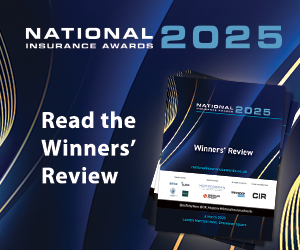Willis Towers Watson has today responded to the UK Government’s call for evidence on its review of Solvency II. With the Brexit transition period now expired, the government is considering areas of Solvency II that could better reflect the particular structures, products and business models of the UK insurance sector.
The firm submitted a five-point response to HM Treasury, highlighting its recommendations for change.
Kenny McIvor, a director in Willis Towers Watson’s Insurance Consulting and Technology business, said: “There is little appetite for significant upheaval given how much UK re/insurers have already invested in implementing the regulatory regime. Instead, changes should be targeted at aspects of Solvency II that are poorly designed or imperfectly calibrated for the UK. Essentially, any reforms should also meet the needs of three main stakeholders: consumers, capital providers and government working on behalf of society.
“We believe that our recommendations to improve the prudential regulatory framework will help the UK government meet its objectives, and will ensure that the rules are appropriately tailored for the UK re/insurance market,” McIvor added.
Its recommendations for change include:
• Improvements to reporting and disclosures: Public disclosures should continue to be improved in the areas of sensitivities and analysis of movement, with unnecessary information requirements reduced.
• Transition to Sterling Overnight Index Average swaps for the basic risk-free rate: The transition to SONIA swaps is a missed opportunity to allow Gilts as an option for the discount rate basis. Incentivisation towards one reference rate over another creates the potential for distortion.
• Asset eligibility criteria and design of the Matching Adjustment: Greater flexibility and balance is needed when setting the criteria for the eligibility of assets that can be used to back insurers’ long-term liabilities.
• Underlying principle and calibration of the Risk Margin: WTW advocates a revisit of the Risk Margin principle, reflecting that liabilities and backing assets are managed and transacted as blocks of business.
• Standard Formula suitability and the operation of Internal Models: A better tailored Standard Formula approach is necessary to reduce pressure to adopt an Internal Model. The PRA should also be able to give a capital add-on without triggering a disproportionate requirement for a firm to develop an Internal Model.
Printed Copy:
Would you also like to receive CIR Magazine in print?
Data Use:
We will also send you our free daily email newsletters and other relevant communications, which you can opt out of at any time. Thank you.











YOU MIGHT ALSO LIKE